If you click on a link and make a purchase we may receive a small commission. Read our editorial policy.
The complicated real world backstory of Marvel's Miracleman, explained
How did the forgotten classic become forgotten in the first place, and what did Todd McFarlane have to do with everything?

To describe Miracleman's history as complicated is an understatement; as the series returns in a revised format (part-reprint and part-all-new material with the first issue of Miracleman by Gaiman & Buckingham: The Silver Age), it’s worth revisiting just how complicated, and why things have gotten to the point that they have.
In the beginning, there was the word Kimota
When Miracleman originally debuted, he was called Marvelman, but that’s only half the story. His first appearance in 1954’s Marvelman #25 was the result of some behind-the-scenes shenanigans intended to keep fans reading a British Captain Marvel reprint series after the source material was no longer available. The speedy makeover by writer/artist Mick Anglo might not have been particularly artful — kid reporter Billy Batson, who transformed into a super powered adult after saying the magic word “Shazam” became kid reporter Micky Moran, who transformed into a super powered adult after saying the magic word “Kimota”; both superheroes had the word “Marvel” in their name — but it was successful. The Marvelman series continued for more than 300 weekly issues after the change, alongside spin-off titles like Young Marvelman and Marvelman Family.
Marvelman continued until the mid-1960s, at which point the influx of American import comics — which were full-color, unlike their British brethren, and featured the nascent Marvel Age in early bloom — became widely enough available to dampen enthusiasm for homegrown alternatives. The series ended in 1966 and was quickly forgotten by almost everyone… with a few notable exceptions.
Warrior spirits
In the early 1980s, editor and publisher Dez Skinn — who had cut his teeth at Marvel’s UK publishing division, before going it alone — was preparing to launch Warrior, an anthology of cutting edge comics by young British creators of the time. In addition to including all-new characters and concepts, Skinn wanted to include a revival of Marvelman, which he believed he had the rights to. After his first two choices for writer turned him down, he contacted a newcomer called Alan Moore, who shared his fascination with the obscure character and had some particular ideas as to how he could be updated for the ‘80s. A deal was quickly struck, and the character returned to comics with 1982’s Warrior #1, with Garry Leach on art.
It’s difficult to overstate how successful Moore’s Marvelman was. Even after Leach stepped away on art duties — replaced by Moore’s Captain Britain collaborator, Alan Davis — the character grew in popularity, becoming the breakout character of Warrior as a whole. (No small feat when you realize the series also included the first chapters of Moore and David Lloyd’s V for Vendetta, as well as work from the likes of Brian Bolland, Steve Dillon, and Steve Parkhouse.) He was so popular, in fact, that Skinn published a stand-alone Marvelman Special, reprinting 1950s stories with a framing sequence written by Moore. While it seemed like a good business decision at the time, it got the attention of Marvel Comics, who sent a cease and desist on use of the character — something that contributed to the strip’s sudden disappearance from the anthology, which would go on to be cancelled six months later.

In truth, it wasn’t Marvel’s objection to the use of the word “Marvel” in the character’s name that actually ended the strip’s Warrior appearances. Instead, Skinn and Moore had fallen out over finances, with the writer withholding scripts until he got what he wanted. Undeterred, Skinn took the series to the U.S., licensing reprint rights at first to Pacific Comics — which went bust before publishing the character — and then to Eclipse Comics, which was ready to shake things up.
The miracle men
By 1985, Alan Moore was already a big name in American comics, thanks to his critically acclaimed award-winning run on Swamp Thing. That year’s launch of Miracleman — initially reprinting the Warrior material, newly colored and featuring corrected lettering — was a big deal, with sales that reflected that (at least in indie publishing terms).
The series was retitled for its official American debut, in order to sidestep any objections from Marvel — after all, if Marvel lawyers objected to a strip running in an anthology comic, they were almost guaranteed to have problems with an ongoing monthly comic featuring the name of the company in its title. The new title was one that Moore had some history with, ironically; “Miracleman” was the name of a Marvelman-esque character glimpsed briefly in his own Captain Britain run, also drawn by Alan Davis.
Moore was notably cut in on the deal for this go-around of publishing, although, according to subsequent statements, the same wasn’t true of the artists, meaning that, once the pre-existing Warrior material ran out, Moore kept writing the series and taking the story to its violent, dark conclusion, aided and abetted by a number of different American artists, including a young Chuck Austen.
(This, notably, was an entirely different conclusion from what had been originally planned; material published all the way back in Warrior #4 was intended to offer a flash-forward into the future, and it didn’t even slightly match Moore’s eventual climax.)
Moore’s storyline finished with #16, published in late 1989, with an event that should have ended the story altogether: Miracleman took over the world and transformed it into a near-utopia. Despite that, the series continued the next year with an all-new creative team, headed up by a writer already building a reputation to rival Moore’s: Neil Gaiman.
Gaiman and Mark Buckingham took over Miracleman with 1990’s #17, with plans for three four-part story arcs: The Golden Age, The Silver Age, and The Dark Age. Such plans were to go unfulfilled, however; issues started coming out further and further apart as Eclipse started to fall into financial troubles. By the time Eclipse declared bankruptcy in 1994, only eight issues of Gaiman and Buckingham’s run had been published.
Apocrypha (1)
Before its collapse, Eclipse did manage something worth noting: it published Miracleman stories outside of the Moore/Gaiman canon. The three-issue Miracleman: Apocrypha was an anthology series produced with Gaiman and Buckingham’s involvement — they created framing sequences for the stories in the series — but which featured other creators including Kurt Busiek, Alex Ross, and Batman artist Norm Breyfogle, exploring concepts and ideas from the earlier stories in further depth. The publisher also announced a spin-off series from the main title, called Miracleman Triumphant, which was never published.
Things get weird
Two years after Eclipse declared bankruptcy, Todd McFarlane purchased Eclipse’s intellectual property for $25,000 — a purchase he believed included the rights to Miracleman. We know this because, in 2001, he announced that he’d be reviving the character in Spawn spin-off series Hellspawn, going so far as to introduce a character called Mike Moran — which is to say, Miracleman’s alter ego — in the sixth issue of the series.

There was only one problem: McFarlane didn’t actually own Miracleman.
Actually, there were two problems, because one of the people who could legitimately lay claim to ownership of Miracleman in some fashion was Neil Gaiman, whom McFarlane was already in no small conflict with over the ownership of an entirely separate character: Angela, whom Gaiman and McFarlane had co-created for an issue of Spawn back in 1993. In fact, Gaiman claimed that McFarlane had offered to, in effect, gift all rights to Miracleman to Gaiman in exchange for Gaiman giving up any claim to Angela. When that didn’t happen, McFarlane essentially asserted full ownership over both characters, denying any claim Gaiman had. To no-one’s surprise, the whole thing ended up in court, with Gaiman suing in 2002.
Thanks to appeals and further complications, that suit managed to continue until 2012, ending with Gaiman receiving all rights to Angela — a character he immediately sold to Marvel. Along the way, something unexpected happened. It was discovered that everyone had been wrong about who owned Miracleman all along. As in… all along.
The twist
Tracing the popular belief about Miracleman’s ownership backwards, it had been accepted that Eclipse co-owned the character with the writer and artist of the series. Specifically that, at launch, Eclipse co-owned the character with Alan Moore and Garry Leach, with Leach later giving his rights to Alan Davis. (Davis has famously since revealed that he didn’t actually give permission for his artwork to be reprinted in the Eclipse editions-- notably.) Prior to that, it had been believed that Eclipse bought its rights from Dez Skinn, who had purchased them from L. Miller and Son, the original publisher of Marvelman.
In 2007, it was discovered that L. Miller and Son never actually secured the copyright to Marvelman. Instead, the character remained the property of Mick Anglo all these years, unbeknownst to anyone aside from Anglo and a handful of others. Anglo had actually republished some of the strips internationally since Marvelman’s cancellation in 1966, with a handwritten copyright notice attached that had been dismissed by most, but turned out to actually represent the case.
By the time this information came to light, Anglo had actually sold his rights to an obscure British business called Emotiv and Company at some point prior to 2007, which was when the company started talking to a lot of people, notably including Alan Moore and other creators who’d worked on Marvelman and Miracleman since his 1982 revival, to let them know that they’d been working under false pretenses. As it turned out, the company was also talking to publishers, which became clear at San Diego Comic-Con in 2009.
The house of miracles

At SDCC 2009, Joe Quesada announced that Marvel had secured the rights for Marvelman, describing it as an acquisition from “Mick Anglo and his representatives.” The news was, in the words of Marvel’s press release at the time, “the biggest news of Comic-Con International in San Diego,” and something that left “jaws… on the floor,” but it was also curiously light on future plans for the character. Fans were told to “stay tuned to Marvel.com,” and that was it.
Nonetheless, the news had the desired impact amongst those familiar with the Moore and Gaiman-written material, launching no small amount of speculation that Gaiman and Buckingham’s run would finally finish, almost two decades after it had started. When pressed on that matter, various Marvel executives would give variations on “It’s more complicated than we thought” for a time period of no less than four years, even as attempts to maintain interest via reprints of the 1950s work it definitively owned repeatedly failed in the marketplace.
The complication in question was that, due to the way that British copyright law worked, purchasing the rights to the character didn’t automatically grant Marvel the rights to reprint all stories created featuring that character — to do that, they needed permission from the writers and artists involved, and that can take time. Like, say, half a decade or so.
So, it wasn’t until late 2013 when the news everyone had actually been waiting for was announced: an official reprint of the Alan Moore-written material from the 1980s was finally to launch in January 2014. What’s more, it would be followed by the Gaiman and Buckingham stories, which would include all-new work to finish the story as had been originally intended way back in the early 1990s.
Good news, right? Well… kind of.
An imperfect miracle
For one thing, the reprints would be “restored,” as Marvel put it, which meant re-lettered in their entirety, and recolored as well, to match contemporary tastes. It would also be entirely devoid of Alan Moore’s name, as a condition of Moore giving his permission for the reprints to happen in the first place. (He also requested that his royalties from sales go directly to Anglo, whom he felt was owed for Moore’s unknowing part in illegally working on the character back in the 1980s.) As a result, Marvel credited Moore’s work, amusingly, to “The Original Writer” in promotional material and the reprints themselves, while fans of the material noted that Marvel’s releases censored some of the dialogue and retouched artwork to ensure that a married couple definitely weren’t naked in bed together. So… less 'restored,' and more 'retouched to fit the Marvel brand,' really.
Marvel also reformatted the material, so that, while the first sixteen issues of the series followed roughly the material in the first sixteen issues of the original Eclipse Comics series — with additional material to pad out the increased page count and price point — things changed by the time Marvel reached the Gaiman and Buckingham material. Instead of republishing the issue as Miracleman #17, as it had originally been released by Eclipse, the issue was released as Miracleman by Gaiman & Buckingham #1, with the next three chapters in The Golden Age storyline following suit. The first chapters of the subsequent storyline, The Silver Age, were then solicited as Miracleman: The Silver Age #1-3… only for the entire series to be cancelled before launch, despite three of the four issues having been completed years earlier, outside of updates.
Fans who’d been waiting 23 years to read the next issue of the story would have to wait awhile longer, it seemed…
Apocrypha (2)
That said, Miracleman completists could finally enjoy the first new work featuring the character in decades. All-New Miracleman Annual #1 was released in 2014 and featured Joe Quesada illustrating a previously unseen Grant Morrison story written back in the 1980s, alongside an entirely original story by Peter Milligan and Mike Allred, both of which fell outside of official canon for the character. The same was true of the material from this year’s Miracleman #0, created to celebrate the 40th anniversary of Alan Moore and Garry Leach’s revival of the character for Warrior, which featured material from the likes of Jason Aaron, Peach Momoko, and Ryan Stegman.
Miracleman #0 was the second big Miracleman release in the last 12 months, though, with the character — or, more accurately, his insignia — appearing at the end of December 2021’s Timeless #1, suggesting that Miracleman was soon to show up in the Marvel Universe. At time of writing, that’s yet to happen, although there are still a couple of months left before we hit the next Timeless release.
What we’ve all been waiting for
On October 19, Miracleman by Gaiman & Buckingham: The Silver Age #1 was released, five years after its initial solicitation, and thirty years after its original publication by Eclipse Comics. It was, to the credit of all involved, significantly different from its original version — Buckingham entirely redrew the issue, with pages of ancillary material at the back showing sketches and abandoned pages from the process. It’s an impressive package, but there’s more to come; the third issue of the series, due in December, will be the first entirely unseen material from Gaiman in the core storyline in three decades, and the series’ length (six issues) is notably higher than the originally announced length of The Silver Age way back when.

It’s been a long, long wait for fans to get to where we are now, and even now, there’s no small amount of suspicion over whether or not the all-new material will actually be released on schedule. (After all, the experience of the earlier, cancelled, 2017 solicits from Marvel looms large in many minds, as well as that whole 'collapse of both Eclipse and, earlier, Warrior' thing.) At times, it’s seemed as if Miracleman’s story is destined to remain unfinished. To get even this one step closer to it actually happening feels… well, not unlike a miracle in itself.
Take a sneak peek at some of the art from Miracleman #0 here.
Follow Popverse for upcoming event coverage and news
Find out how we conduct our review by reading our review policy
Let Popverse be your tour guide through the wilderness of pop culture
Sign in and let us help you find your new favorite thing.



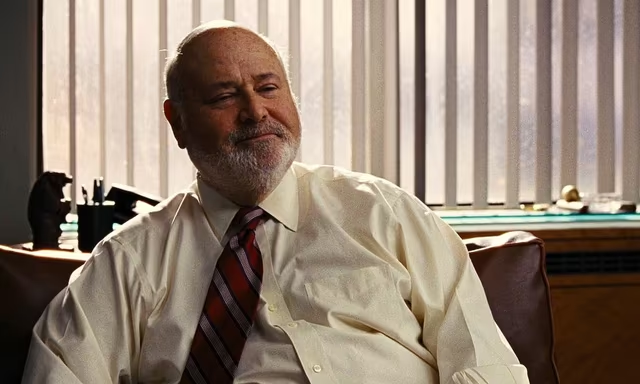
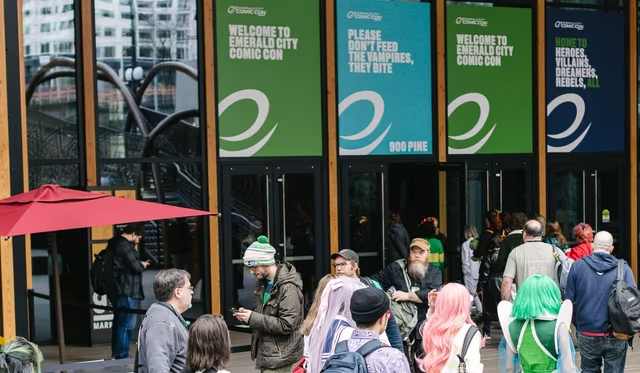

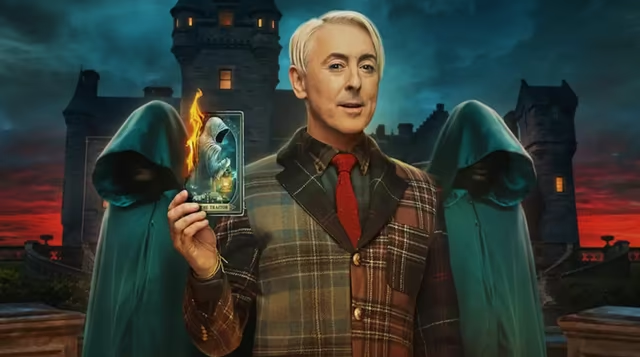

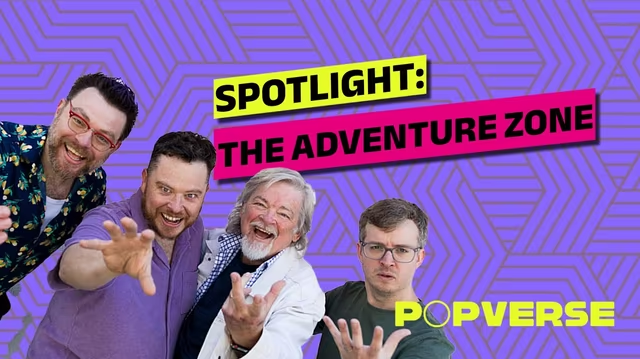
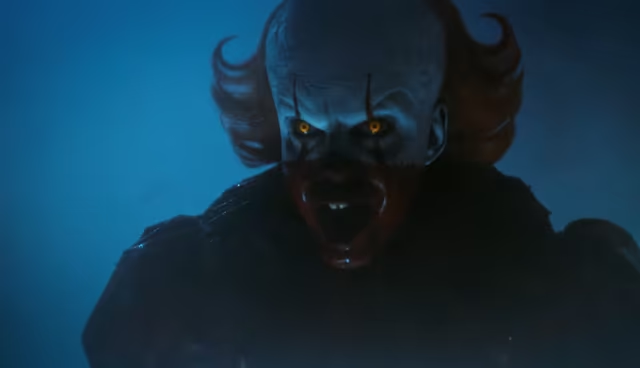






Comments
Want to join the discussion? Please activate your account first.
Visit Reedpop ID if you need to resend the confirmation email.